Jasmine /Jasminum/ is a climbing shrub that grows in areas with tropical climates. Jasmine has very fragrant flowers, blooms in late winter and early spring, covered with beautiful fragrant flowers. It is a very close relative of the olive, which belong to the same botanical family - Oleaceae. It includes about 200 species of evergreen shrubs and vines that have displaced all the tropical and subtropical parts of the world.
Gomes often grow jasmine as its flowers emit a pleasant aroma that in many countries it is called "king of fragrances." Its flowers are small, often resembling white stars collected 5-6 in a cluster.
Most often they are single colored, but there are forms and types for decoration, sometimes dyed cream, yellow or soft pink. Each inflorescence lasts up to 20 days prior to withering. As it approached the moment of being overblown, the petals become purple or reddish. Stems reach up to several meters. They are tough and very thin, so they need support. In most cases, the entire plant is lost under the many leaves that cover it tightly. The leaves are shiny and oval, located on short stalks. They reach a length of 10 cm and have an important role for the beautiful appearance of jasmine.
With good care, jasmine grows quickly and blooms all year. It is recommended to trim, and the tips of the branches to be pinched to get a nice branched plant. This is cultivated as far back in 1665, and during this long period of time hundreds of varieties have been created, which in some cases have a very strange shaped blooms.
History of jasmine
Most likely originated from Persia or India. Nowadays cultivated in Morocco, Egypt, France, Algeria and China. For centuries in India, Egypt and the Middle East access to jasmine oil had only the upper classes.
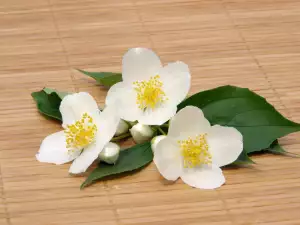
The first evidence of Indian jasmine comes from papyrus. In India, jasmine is considered a sacred plant, even called "Moonlight Love" and young girls decorate their hair with it.
The Greeks believed that jasmine is given to the people by the goddess of wisdom Athena. In 1937, in the Philippines jasmine was adopted as a national symbol by a special government decree. Garlands of flowers and tiaras are considered a most precious gift, which welcome guests get.
Filipinos accept Jasmine as the embodiment of truth, purity and love. They call it "sampatiga" which means "I swear." Their legends tell the story of a brave and strong warrior, who had a tough battle said these words to his beloved. The warrior died on the battlefield, but the girl died of grief. On her grave grew a soft and beautiful plant that people perceived as their most beloved flower.
Types of Jasmine
There are three kinds of jasmine, which currently rise in popularity. These are:
Jasminum polyanthum - has leaves complex composed of 5-6 leaflets. Flower buds are colored pink and blossomed flowers are white. They are relatively large, reaching up to 2.5 cm in diameter, collected in inflorescences of 15-20.
Jasminum officinale - has very large flower buds. Its colors are aromatic collected in 5-6 clusters that appear in summer. Begins to blossom only after turning 2-3 years old.
Jasminum rex - characterized by large oval leaves and large fragrant flowers that senses enjoy in winter. Begins to blossom in adulthood.
Composition of jasmine
Jasmine is very rich in essential oils. It is composed of benzyl acetate, benzene alcohol, linalil acetate, indole and other ingredients.
Growing Jasmine
Jasmine types allow different customizing, according to specific conditions. It is possible to maintain as compact bushes or place in hanging baskets which hang like a beautiful green curtain. It is not impossible to see jasmine be wrapped in supports of different shapes - the results are spectacular green panels, which are studded with numerous fragrant stars.
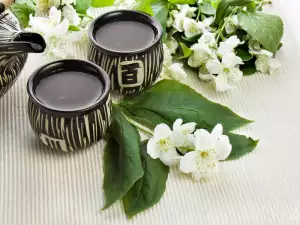
The place where jasmine is grown should be sunny and bright. Normal room temperature is sufficient to thrive. Watered as needed, but it is better to leave it to dehydration than to be flooded. In the spring jasmine should be transferred to new soil mixture, it is also necessary to ensure a larger pot. Young Jasmine transplants each year, and elder than four years - in two or three years.
In February-March, we see a cutting plant, we can shorten the branches in half without damaging it. After the cut, it will grow very young twigs on which flower buds form.
Benefits of jasmine
Jasmine is considered a strong aphrodisiac, which has a positive impact on potency and frigidity. Soothes the uterus, increases milk for breastfeeding. Jasmine is one of the main plants used in aromatherapy. It is useful for depression and apathy during menopause, balancing the body's water balance in the summer heat.
Use as a salve for sensitive and very dry skin. Some doctors say that jasmine calms nerves as well as drugs, but without side effects.
Jasmine enhances sleep on hot summer nights. It has a relaxing effect, increases concentration and clears the mind. Jasmine oil is considered one of the best natural remedies for stress, depression, anxiety and fatigue. Jasmine is widely used in perfumery and cosmetics.

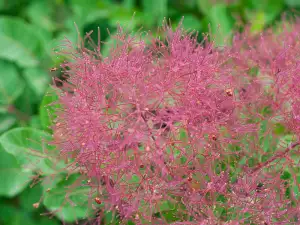


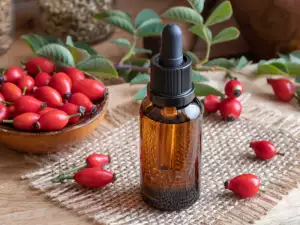

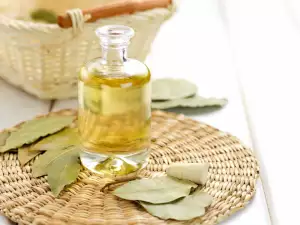
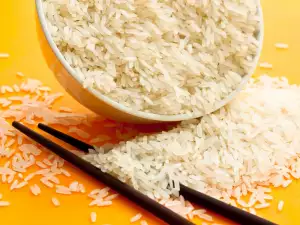

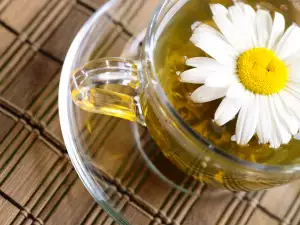
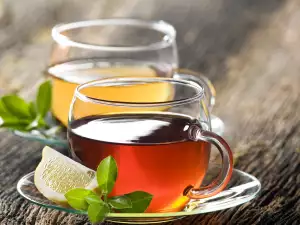
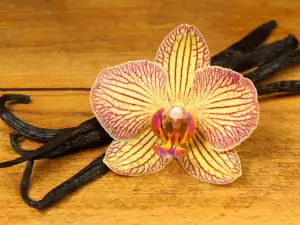
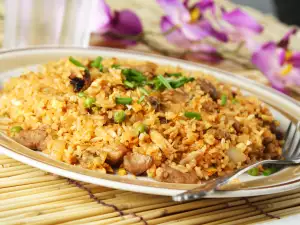

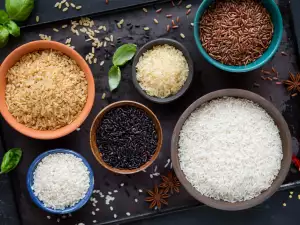


Comments